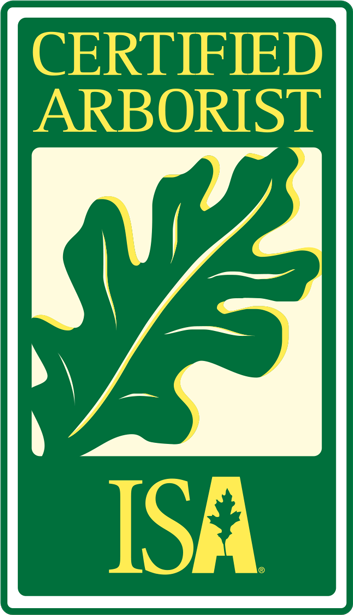Terrigal Norfolk Island Pines
Client: Central Coast Council
Overview
Mention the seaside town of Terrigal, NSW and the first thought many people have is of the iconic 150-year-old Norfolk Island Pine trees that line the beachfront esplanade.
However, caring for these mature giants became problematic after it was discovered they were suffering die back and stem canker caused by tree fungus, Neofusicoccum parvum.
Situation
Lined with Norfolk Island Pine Trees planted over 150 years ago, and loved by the community, the Terrigal foreshore is an activated, high traffic location all year round. Pedestrians use the area under and around the trees for walking, picnicking, and beach-going. There are also several car parks nearby and a main arterial road.
Because of their close proximity to road and pedestrian routes, the Central Coast Council continuously monitors the historic Pines, along the foreshore, to ensure they are disease and pest free. Untreated disease and pests can cause significant injury to the trees resulting in falling limbs or worse, the forced removal of the tree altogether.
When the council’s team noticed die-back had started to affect the Pines, Central Coast Council engaged Summit Services’ team of qualified Arborists to help rescue and restore the health of these heritage trees.
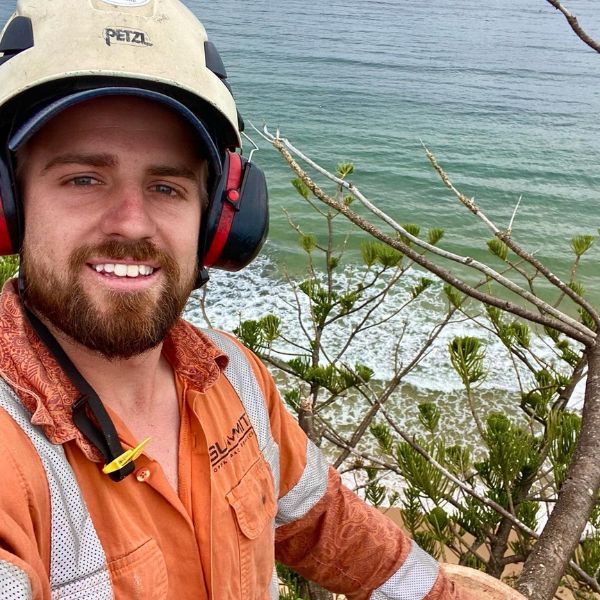
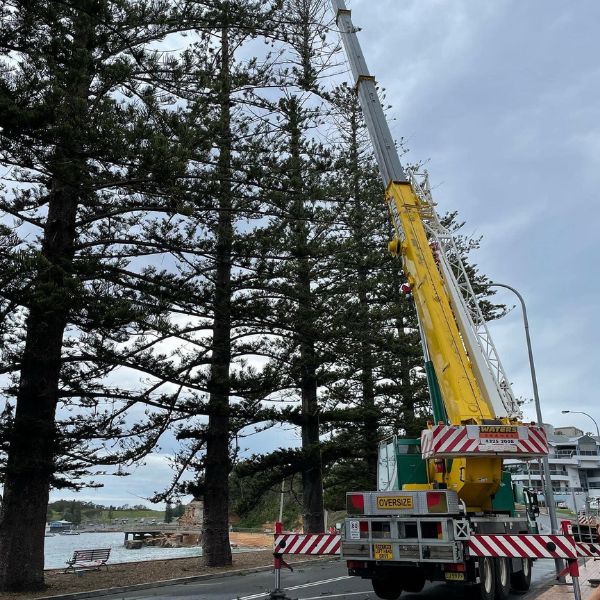
Project
From the outset the key priority for the arborists was to take action that would save the trees for future generations, and in doing so mitigate the risk of having to remove the trees altogether.
Summit’s team worked with Central Coast Council to determine the cause of the die-back, to ensure an effective treatment plan was conceived.
It was determined the best way to halt the disease and keep the heritage trees healthy and thriving was to safely prune the deadwood.
This would not only protect the longevity of the trees, but it also protect the health and safety of the community from falling debris.
As the fungal disease took hold from the top down, the Summit team established the need to remove the top of four affected trees. While removing the tops of the trees is not ideal, it was essential in this case to preserving the healthy parts of the tree.
Removing treetops from such tall trees, in a high traffic location, can be dangerous to both the team working at height and passers-by, if not planned and managed correctly.
Because of where the rot was affecting the trees, it was decided Arborists should be winched-in by large crane to expertly remove deadwood.
Before this could commence, a communications campaign was undertaken to inform the community of the upcoming works and how they might be impacted.
A traffic management plan was developed to prioritise safety of vehicle and pedestrian traffic. The plan used the public car parking spaces to position the crane in the key locations along the foreshore over non-peak times, so the team could safely reach each tree and minimise risk to the public.
To ensure the contaminated green waste did not affect the surrounding environment, a plan for waste disposal was also prepared.
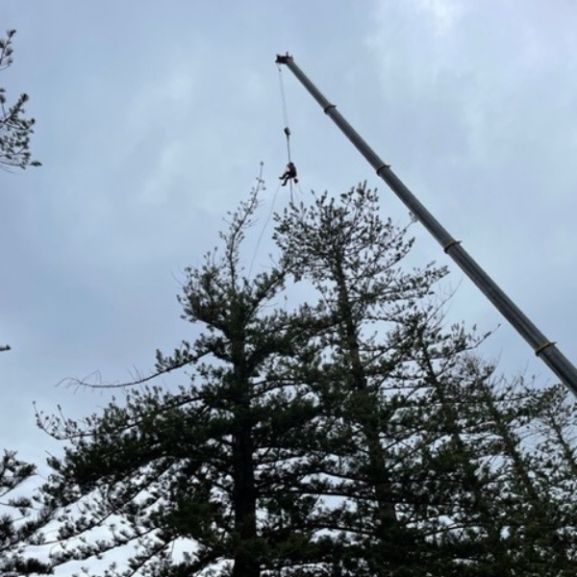
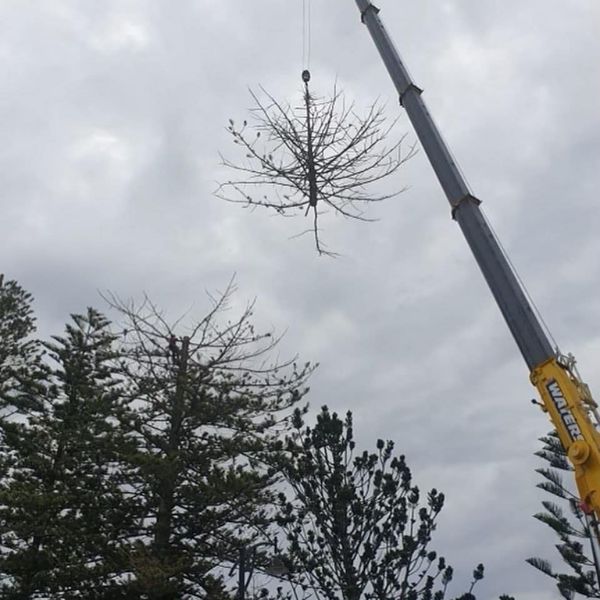
Outcomes
From the outset, the Summit team approached the project prioritising health and safety of the public, tree health and effective project management for maximum efficiency.
As a result of careful planning and collaboration with Central Coast Council, the Summit team were able to safely plan the pruning and dead wooding of these iconic pines.
The project was successfully realised, on time and within budget. Central Coast Council was reassured to partner with an experienced team to ensure these iconic pines are healthy and disease free for future generations.





